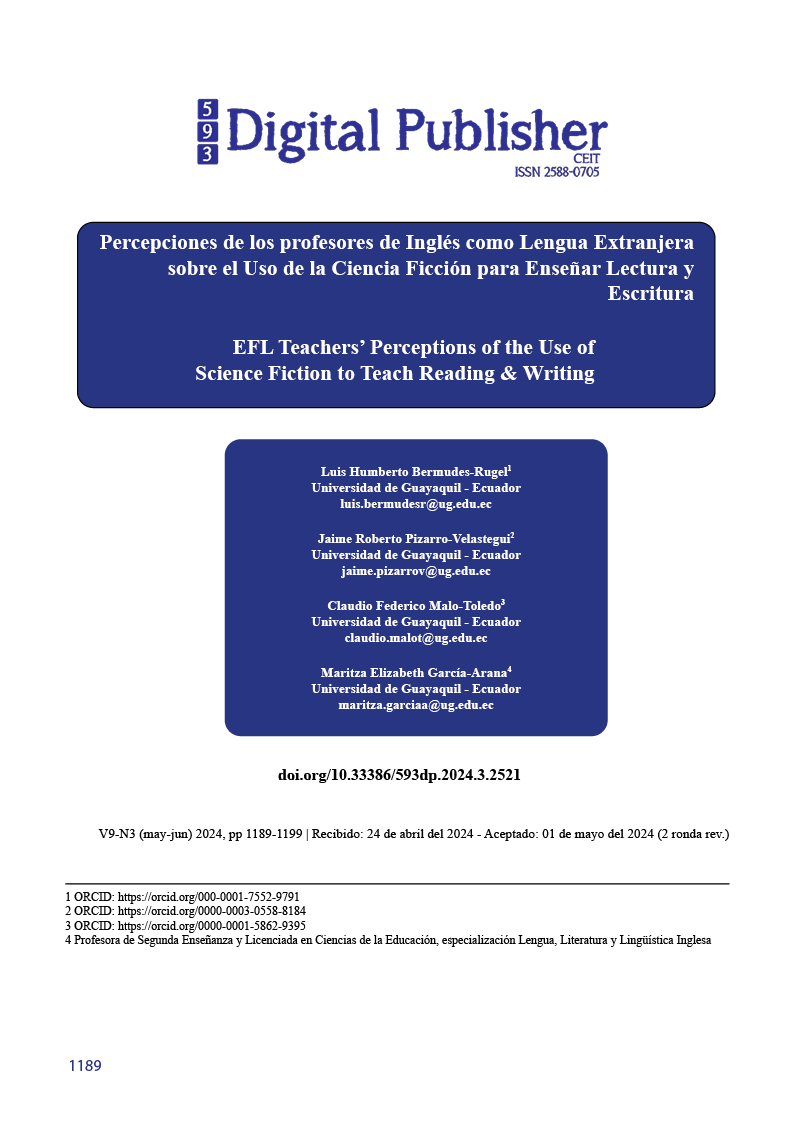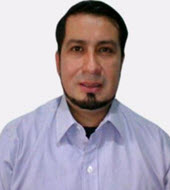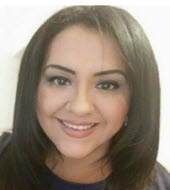EFL Teachers’ Perceptions of the Use of Science Fiction to Teach Reading & Writing
Main Article Content
Abstract
The use of Science Fiction (SF) in Teaching English as a Foreign Language (TEFL) has gained increasing traction due to its potential to boost student engagement and language skills. However, research exploring EFL teachers' perceptions and experiences with utilizing SF for reading and writing instruction remains scarce. This study aims to address this gap by investigating the viewpoints of 63 prospective university students or novice EFL teachers through a ten-question survey. The study specifically delves into their familiarity with SF and current practices of using it in the classroom, perceived benefits and challenges associated with utilizing SF for literacy development, preferences for specific SF materials and pedagogical strategies, and level of interest and readiness in implementing SF-based activities. The findings reveal positive teacher attitudes toward SF's potential to stimulate motivation, critical thinking, and creativity in reading and writing instruction. However, concerns regarding text complexity, cultural relevance, and teacher preparedness highlight the need for tailored support and resources. This study underscores the importance of addressing potential challenges and equipping teachers with effective strategies to maximize the learning benefits of integrating SF into diverse EFL classroom contexts.
Downloads
Article Details

This work is licensed under a Creative Commons Attribution-NonCommercial-ShareAlike 4.0 International License.
1. Derechos de autor
Las obras que se publican en 593 Digital Publisher CEIT están sujetas a los siguientes términos:
1.1. 593 Digital Publisher CEIT, conserva los derechos patrimoniales (copyright) de las obras publicadas, favorece y permite la reutilización de las mismas bajo la licencia Licencia Creative Commons 4.0 de Reconocimiento-NoComercial-CompartirIgual 4.0, por lo cual se pueden copiar, usar, difundir, transmitir y exponer públicamente, siempre que:
1.1.a. Se cite la autoría y fuente original de su publicación (revista, editorial, URL).
1.1.b. No se usen para fines comerciales u onerosos.
1.1.c. Se mencione la existencia y especificaciones de esta licencia de uso.
References
Applebee, R. (1996). Curriculum as conversation: Conflict, connection, and consequence in the teaching of literature. Heinemann
Chamot, A. U., & O’Grady, W. (2013). Second language acquisition: Learning through instruction (4th ed.). Cambridge University Press.
Graves, D. H. (2000). Four corners of the writing process. Heinemann.
Hampsten, R. (1993). Teaching literature to ESL college students: Content area language learning in action. Heinle & Heinle.
Kim, H. R. (2012). Using science fiction in the ESL/EFL classroom to enhance second language learning. English Teaching & Learning, 36(2), 30-47.
Mohan, T. (1993). Teaching EFL/ESL literature. Heinle & Heinle.
Richards, J. C., & Schmidt, R. W. (2002). Classroom second language learning. Cambridge University Press.
Routman, R. (2005). Write like this: Using real models to inspire real writers. Heinemann.
Smith, J. (2023). Learning through the stars: The impact of science fiction on second language motivation. Oxford University Press





